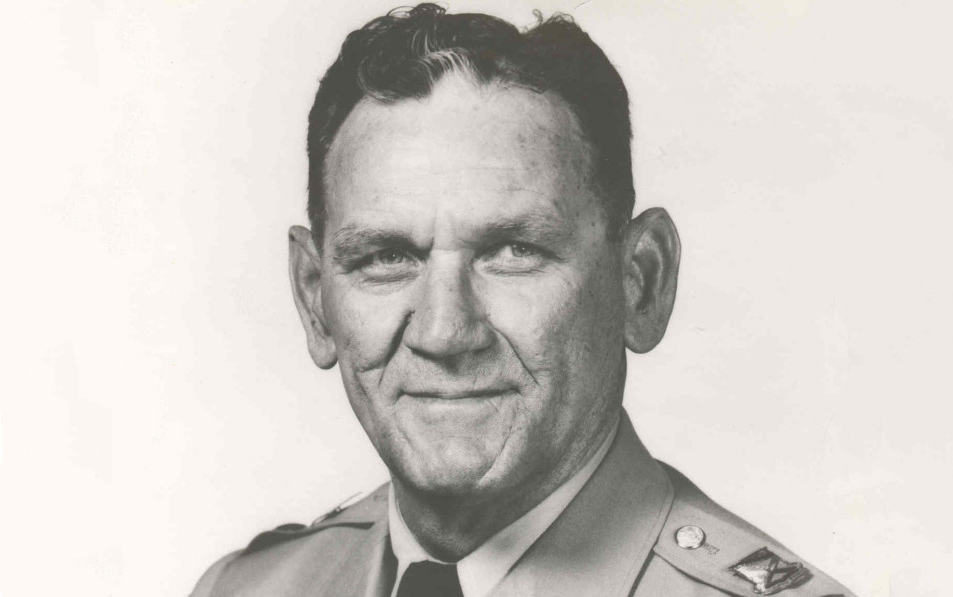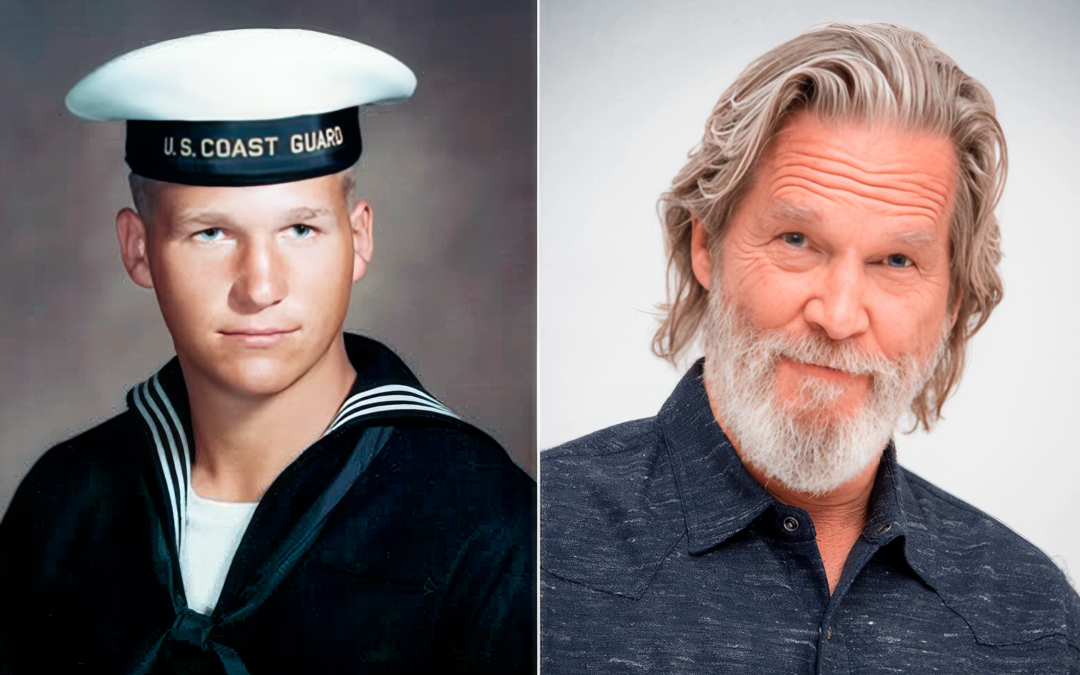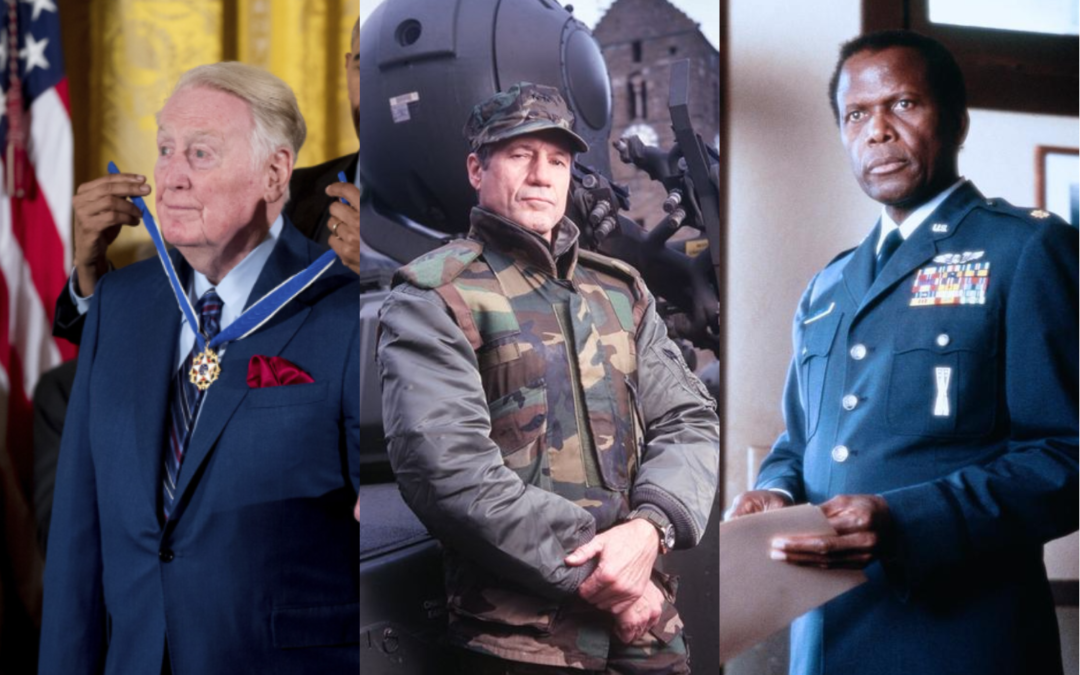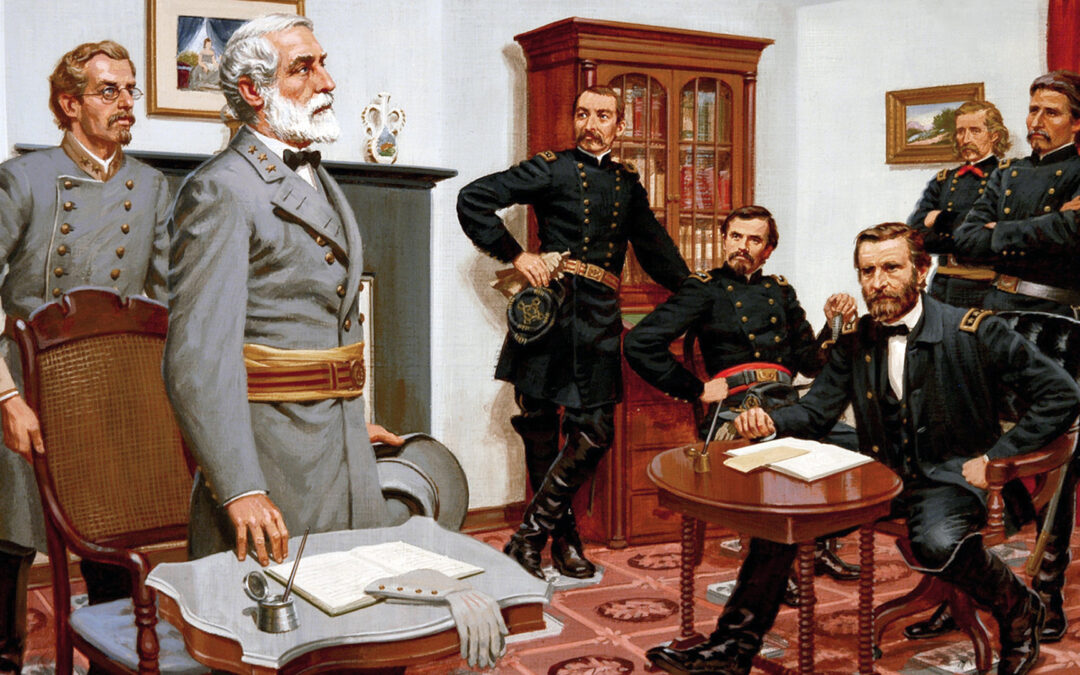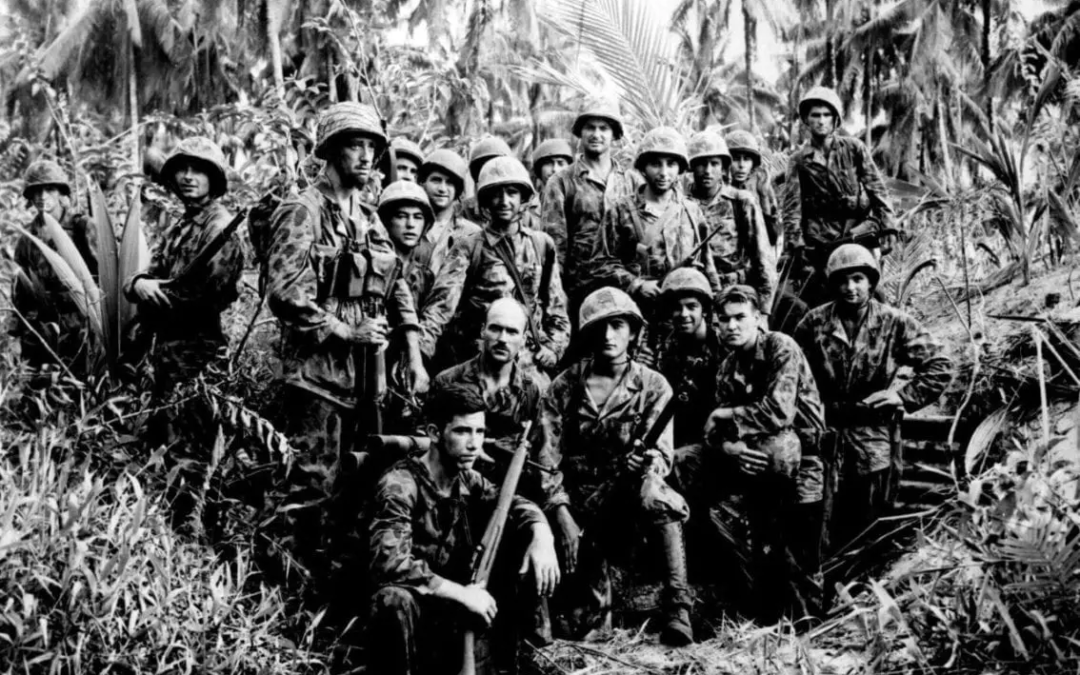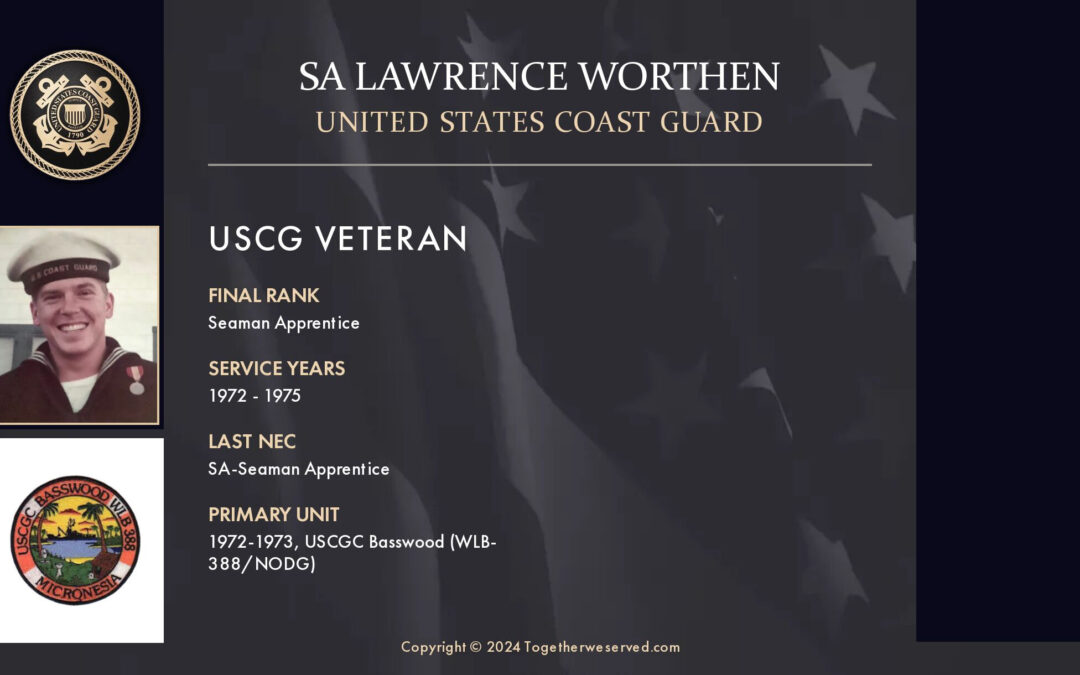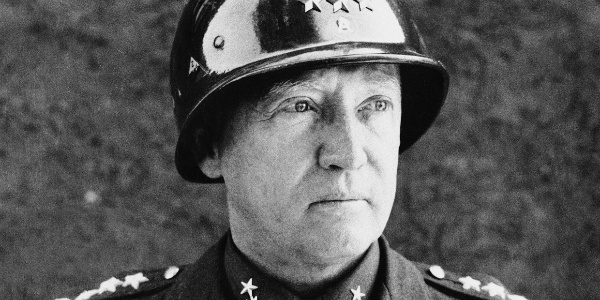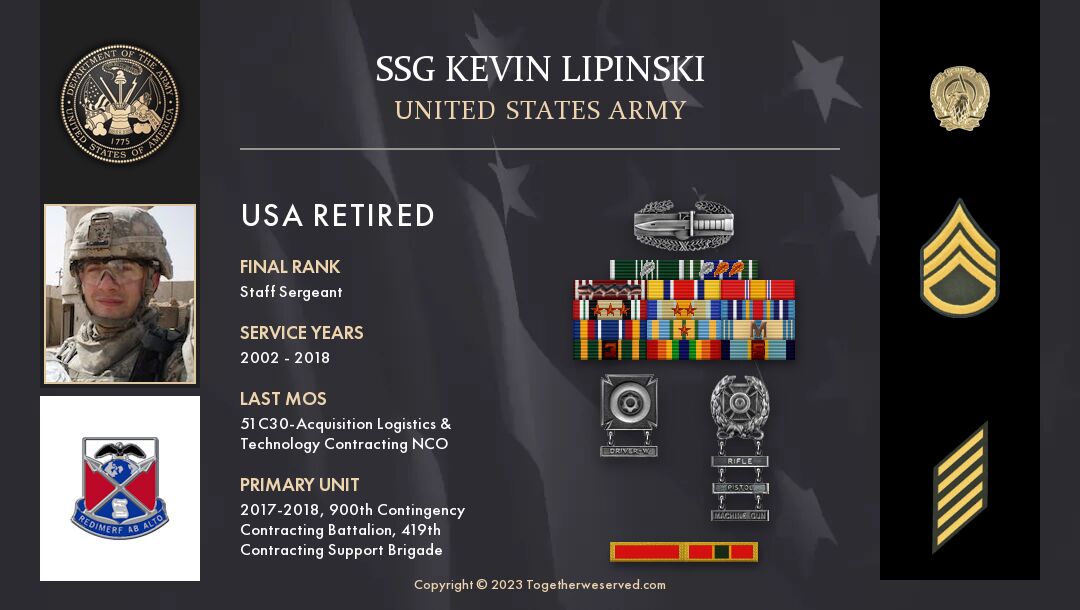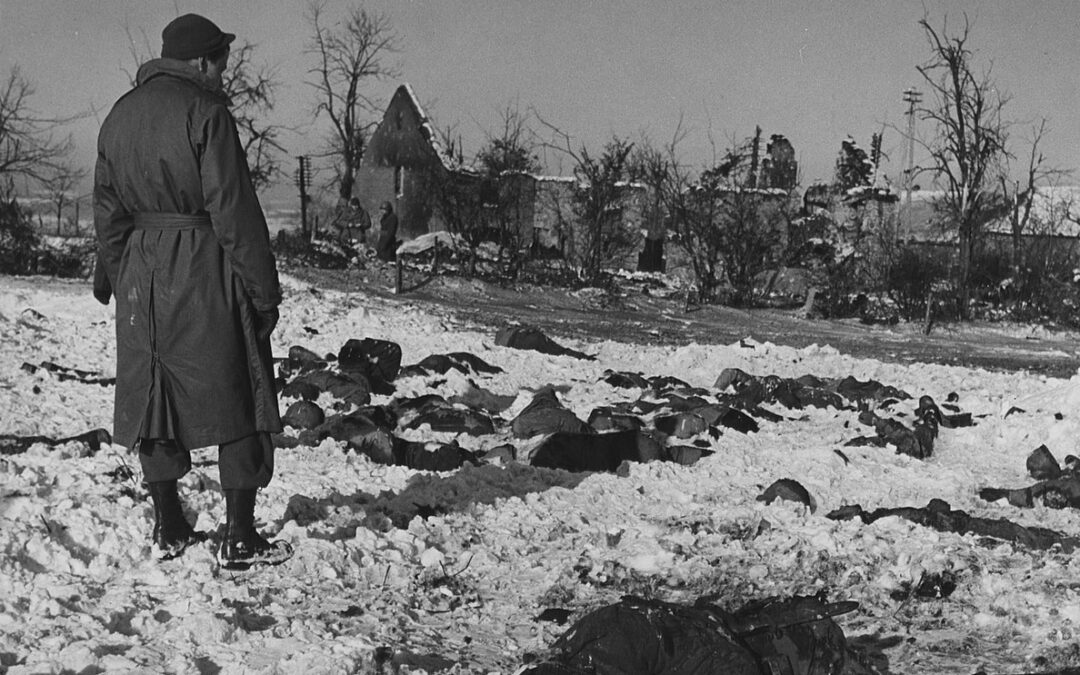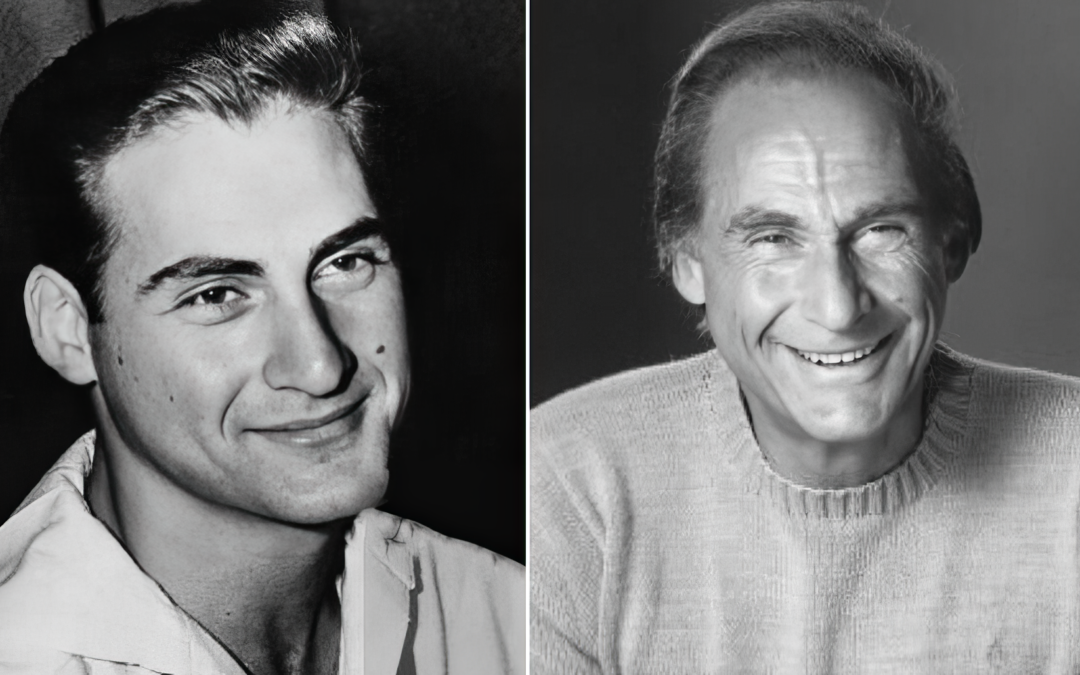When the author John Douglas Foster was wounded while serving in Vietnam during the 1968 Tet Offensive, he received more than a piece of metal in his body - haunting memories of comrades opened his soul in a quest to learn more about those who didn't return. Sketching a fascinating portrait of the lives of those who fought and died valiantly, Foster pens a riveting and gut-wrenching read in Heroes from the Wall, ensuring that these heroes will never be forgotten by future generation who didn't know them on the battlefield. Foster seamlessly captures their quirks of personality, playful antics, heroic actions, compassion and care for others, their caring and sharing with their comrades, tender caring for their family and affirmation of life while engulfed in places of death. Foster writes with candor and resonating tone. Reader's Reviews on Heroes From the Wall An unknown name on a gravestone is as dead as the person in the grave. John Foster has brought dead names on the Vietnam...

